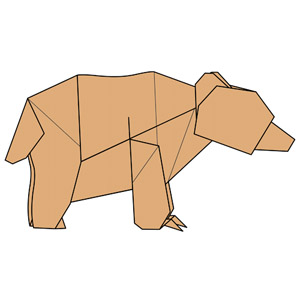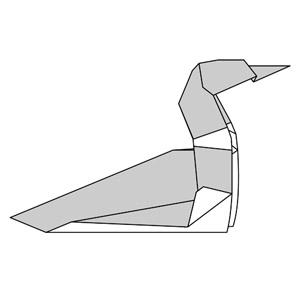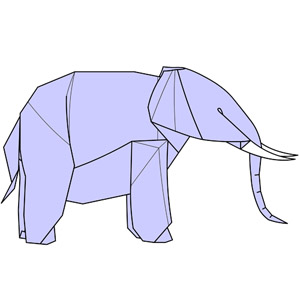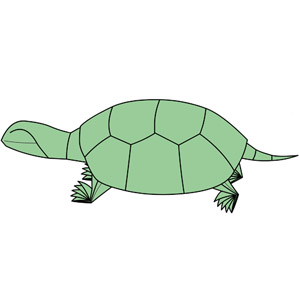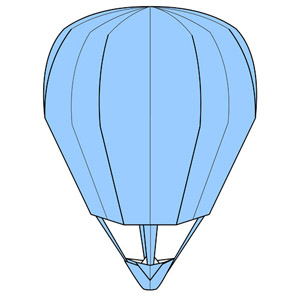One problem with working on big things is alot of time can go by without much to say about that progress you’ve been making. So it’s been this winter. At work we’re one day away from being code complete for the next release of our software, which means the balance of the month will be spent doing bug fixes and tidying up loose ends, a welcome shift from jamming out massive amounts of new code every day.
Meanwhile, in the material world we’ve begun checking out cars to replace our venerable Jeep, a.k.a. El Jeepo. I’m happy to say after having test-driven the new Ford Explorer, it’s big enough and handles pretty well and has no obvious problems. I have some questions but for now it’s the one to beat. Next stop is to look at the most glamorous of all cars, the minivan of sport-u’s, the Honda Pilot.
In completely unrelated news, I’ve really been getting into playing Go lately. A couple weeks ago Michelle dragged out my Go board and and asked me to teach her. As we got into it, I realized I’d been misunderstanding one subtle but important rule all these years. So I googled the rules and ended up downloading a computer Go game. Now I’ve played a few hundred games and can beat the computer every time on a 7×7 board and about half the time on a 9×9 board. But if I loose, the mistake is always in the first few moves.
Anyhoo, so it is with origami these days. I haven’t said much about it, but the main thing I’ve been spending my time on this winter is my origami eBook. You may recall I’ve been working on an origami (print) book, but back in December I changed tack to concentrate on the eBook, mainly because my friend Brian had set up a publishing company for origami eBooks, and was looking for content. Nothing motivates like the prospect of demand for one’s work.
I’m happy to announce I’ve finished the diagramming for eBook. You might think this is fairly trivial, as most of the models were already diagrammed. But you’d be mistaken. It was a pretty big deal to bring everything over to ebook format. I basically redid all the diagrams with an eye toward refining the line weights and that sort of thing. The drawings have to read on both the apple iPhone platform and the Kindle, which are pretty different. On top of that I was determined that the drawings should work well for print. So among the considerations were the different screen sizes and color capabilities. (We wanted the color images to look nice on iOS and come out good on the Kindle as well as greyscale.)
For the eBook I ultimately converged on a layout the featured one step per page. This is markedly different from the print layout, which has typically eight or nine steps per page. But the limiting factor is the small screen size of the iPhone. And anything that looks good that small looks great on the slightly larger Kindle.
So as I mentioned, the diagramming is now done. The eBook will feature twelve original models, totaling over 400 steps. (all hand drawn, Whew!) Now it’s on to the end game. I have to write the introduction and dedication, provide photos for all the models as well as cover art, and an appendix that covers the basic folds. Here for you edification are a few steps from the upcoming book.
